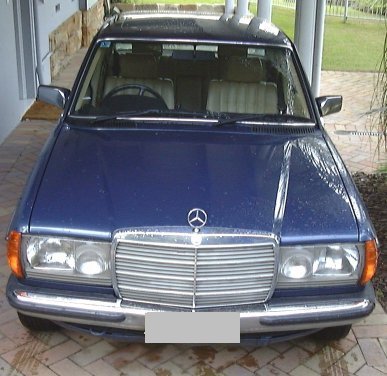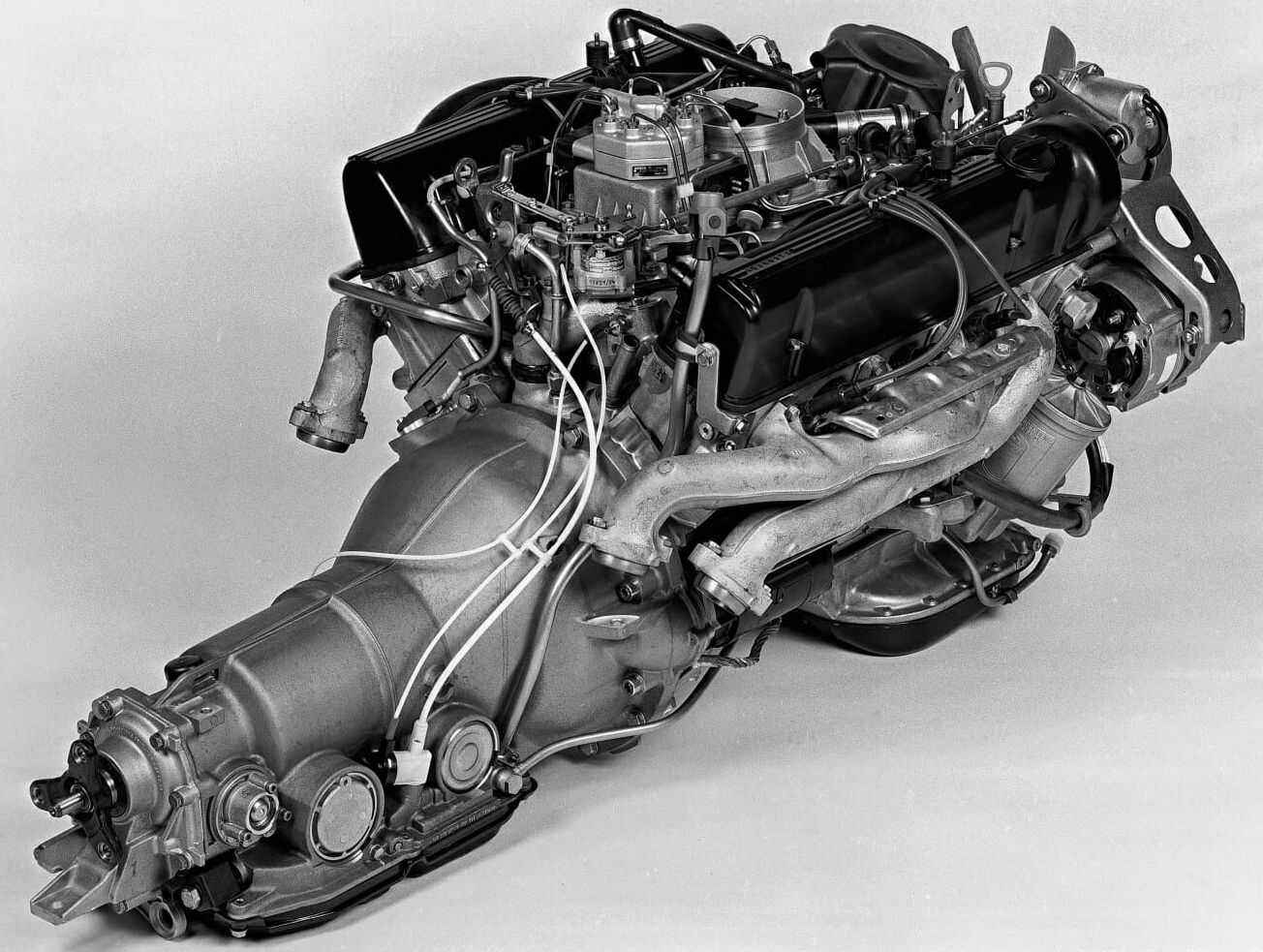End of financial year tyre sales
At least in Australia, by far the best month of the year to buy tyres is June. Both the tyre retailers and manufacturers offer attractive end of financial year sales. Most people don’t realize, but tread wear is not the only reason to replace tyres. As the rubber ages, it hardens. Once the tyres harden the handling, particularly in the wet is compromised.
When I first purchased by 250SE I nearly spun it in the rain on an innocuous corner. The tread in the tyres looked fine, and I had thought no more of it. But on closer inspection they were about 15 years old. The car was much better after I replaced them. It is now the same situation with the E-Type, those tyres were from 2006 and they were terrible in the wet and even squealed in the dry. Even worse, the 300SE had an unmatched set of Pirellis with the wrong size on the front axle. They were also old and getting unsafe.
The general rule of thumb is that Tyres should be replaced before they are 10 years old and preferably earlier. On classic cars that do limited miles, that means the tyres are being replaced with plenty of tread. They are still worn out though.
My experience has been that at least on the sort of cars I drive, very high end expensive tyres are not worth the extra money. I’m sure they are worth it on modern high performance cars though. I’ve also found ultra budget tyres to be a false economy, but the midrange tyres generally work reasonably well, especially when treadwear is not the primary concern. On the family E350 that my wife primarily drives, I sprang for Michelins as it makes more sense on that car.
I also wanted to save the two best tyres currently on the 300SE as spares. I needed a spare for both the W126’s. The 300SE stil had its original made in West Germany Michelin MXV on an unused steel wheel. The car was original sold with steelies and plastic hubcaps, with the alloys fitted later. The spare on the 560 was flat and bald. The MXV would be great for a concours car on display but is not suitable as a road going tyre.
I had some spare alloy wheels, of which I picked the best two. These are the wheels that originally came on the 560SEC. The wheels with the worst curb rash will become the spares and I will still have a set to have refinished at some point.
On the 300SE I went with Hankook Optimo K415 205/65R15. These are the correct size for the car and after the special were only $317 for a set. This brought them down into the budget tyre territory on price.
This also gave me the opportunity to put on the correct lug bolts for the W126. These have little extensions to make sure the ends sit flush with the wheel. They look much better. However, I have noticed is that the bolts are flush with the rear wheels, but not quite on the fronts. I have not yet fully investigated this, but what it looks like is that the alloy wheels on the 300SE are aftermarket. After a quick look at the two I took off as spares, I noticed they do not have a Mercedes part number on them and were made by Borbet. I will need to research the difference in those wheels.
The E-Type was still sporting Sumitomo 205/65R15 wheels from when I purchased it. The E-Type has upgraded 6″ Dayton wire wheels, instead of the the standard 5″. This means the standard 185R15 tyres are probably a bit too narrow. I first looked at a 195 wide tyre. In that size, the ratio should be 75 which is a very irregular size. In 205, the ratio should be 70, which is not common, but much more available. There are a number of light truck tyres in this size, which must be avoided.
On the E-Type I also went for the Hankooks. The Michelin’s in the size were an SUV tyre and quite expensive. The Hankook’s are 205/70R15 H308’s, a passenger car tyre. I got a whole set for just over $400, with the end of financial year promotion. I will see how they go, but already they were a big improvement driving the car back from the tyre place.
After these latest tyres, the oldest set in the fleet is from 2015, which should last me a few more years at least.



























































